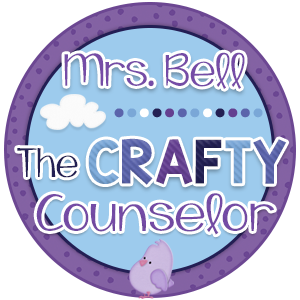Frenemy Healthy Friendships Small Group Interactive Book
It can be difficult for young students in grades 3-5 to navigate relational aggression, implement boundaries, and form healthy friendships. Students struggling with healthy friendships and frenemy-like behavior may benefit from a small group intervention that explicitly teaches the skills.
Starting at a young age, our students can display frenemy-like behaviors. Frenemies say they are our friends but make us feel bad about ourselves or act meanly. They aren’t true friends who have our back when we need them.
Frenemy relationships are confusing, and it can be challenging to know what to do once you find yourself in a frenemyship. This healthy friendship skills small group teaches students precisely what to do if they find their bestie is actually a frenemy.


Over ten unique and interactive sessions, students will learn the skills needed to identify and stand up to a frenemy. In the end, group members walk away with an interactive book they can refer back to for years to come!
This group is so fun. Check out a quick overview of the completed session activities below.
Session #1: Group Introductions, Establish Norms, and Icebreakers
Give students time to get to know each other and set the rules for their group with these fun icebreakers and group establishment activities.


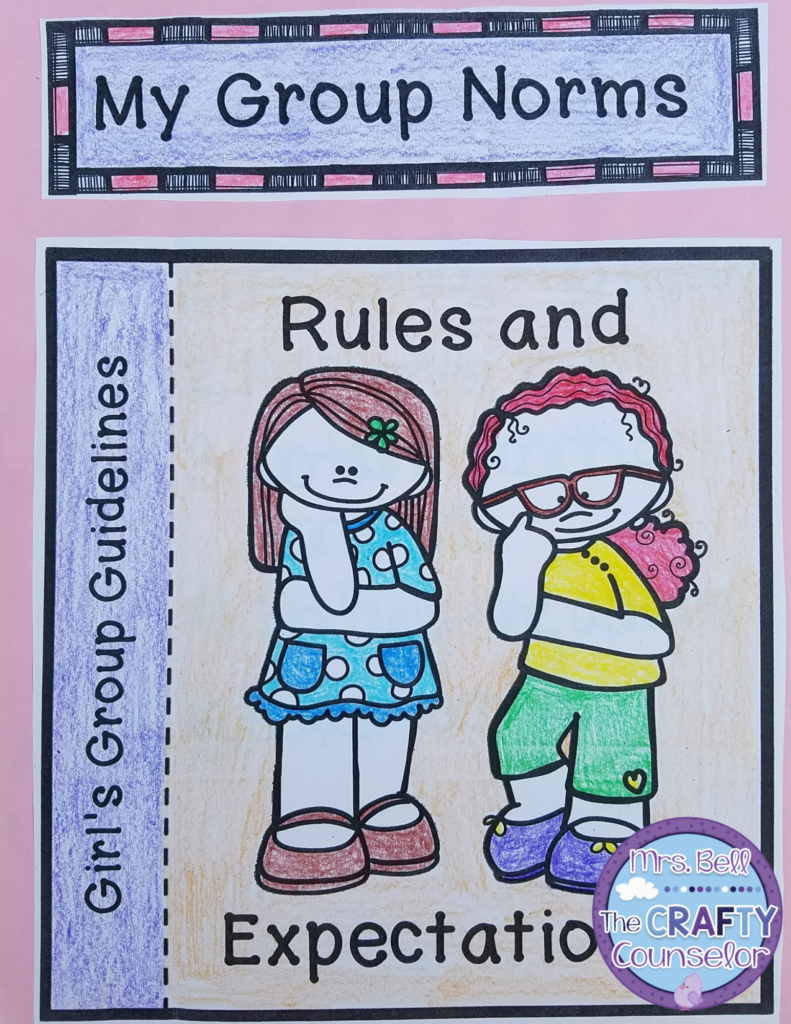
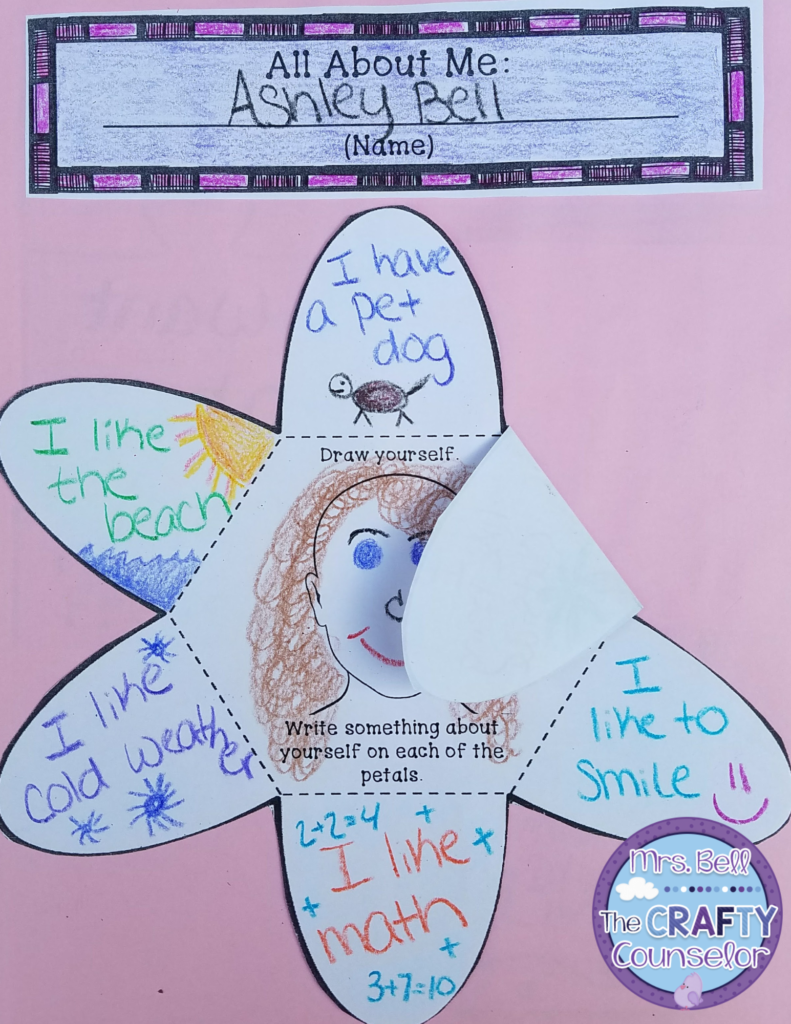
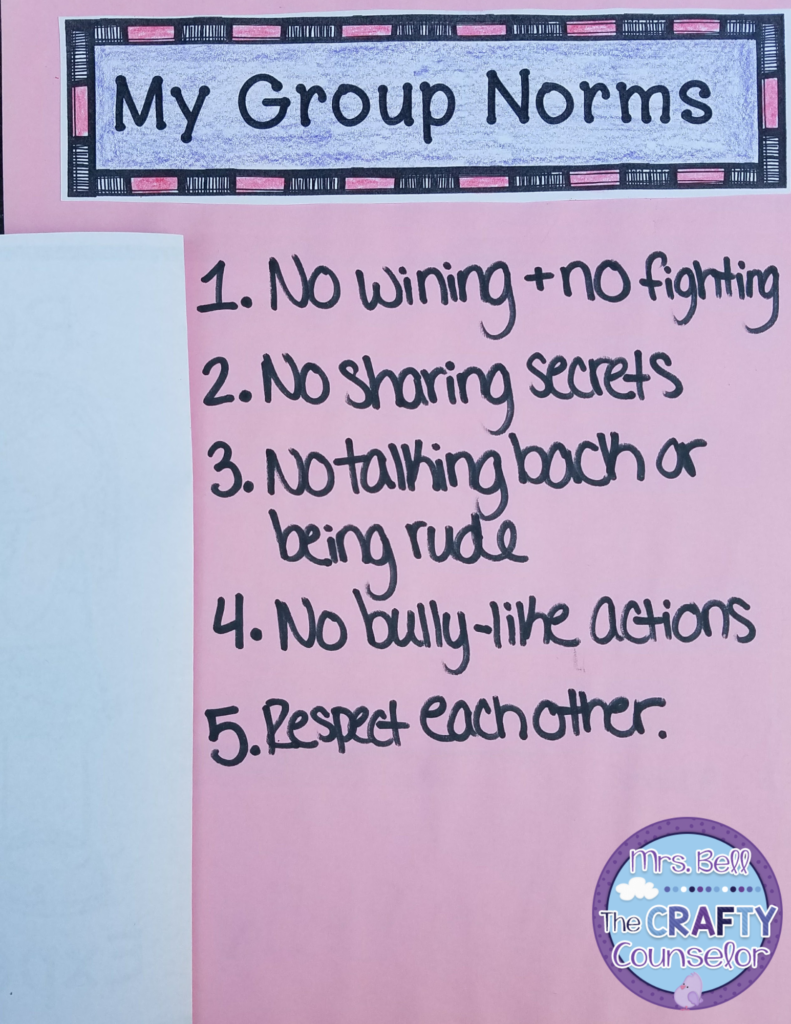
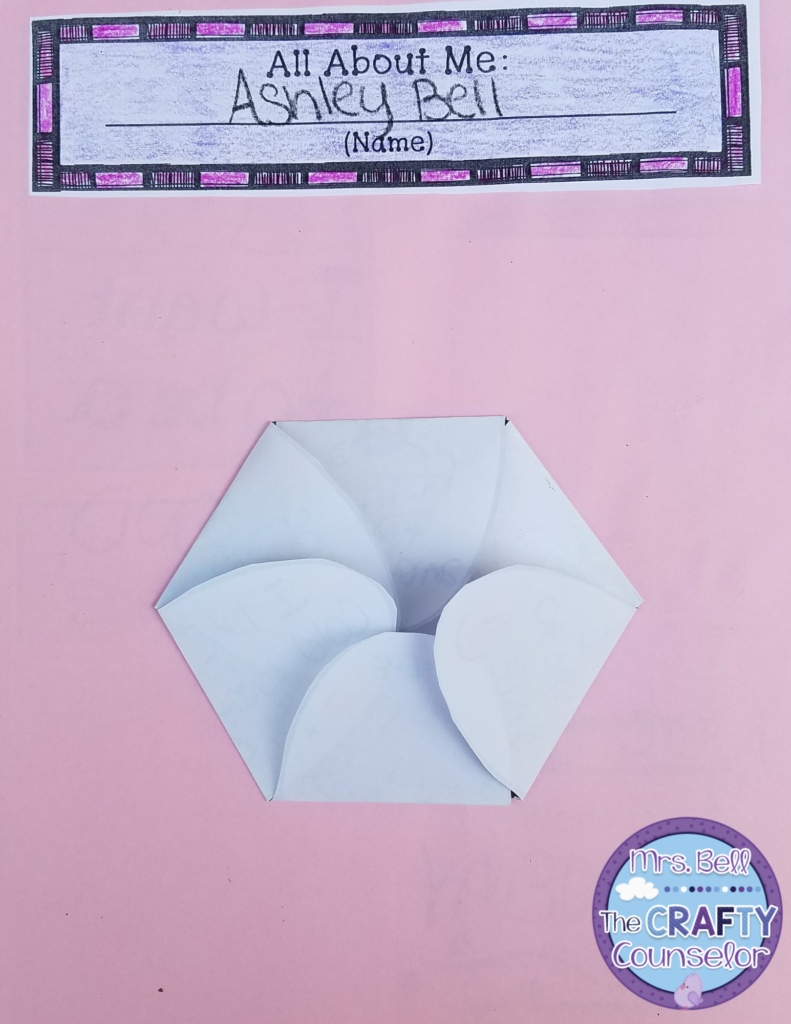
Session #2: What is a Friend or Frenemy?
This lesson explicitly outlines what it means to be a friend and what it means to be a frenemy.
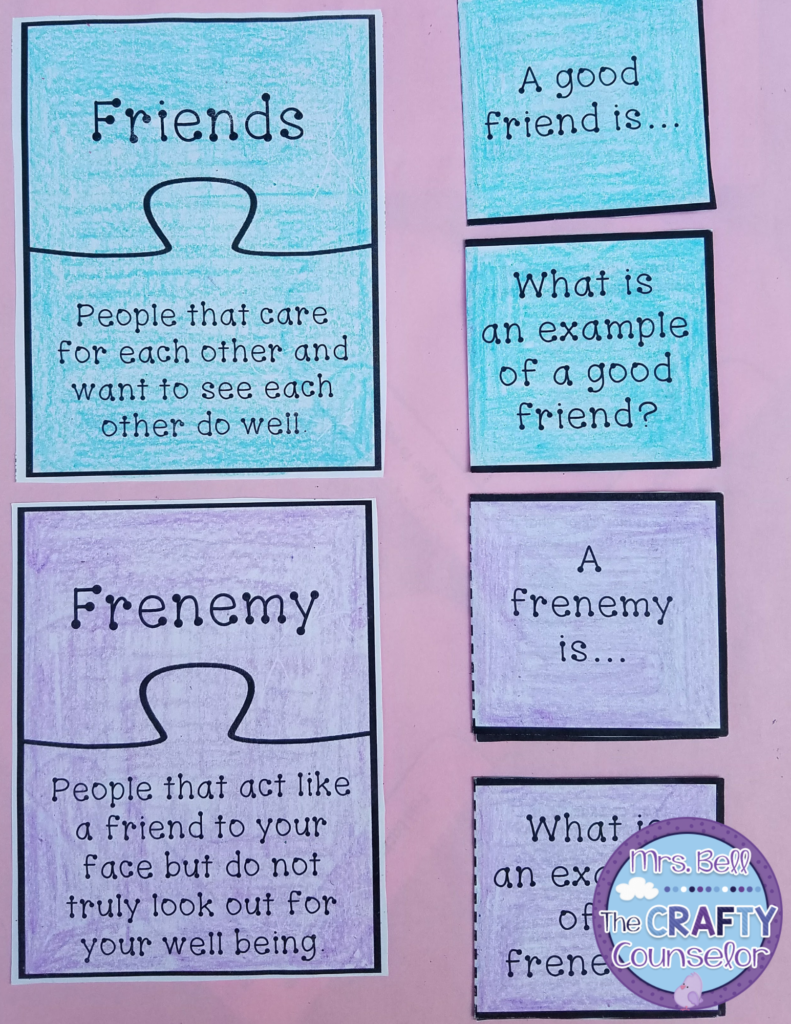
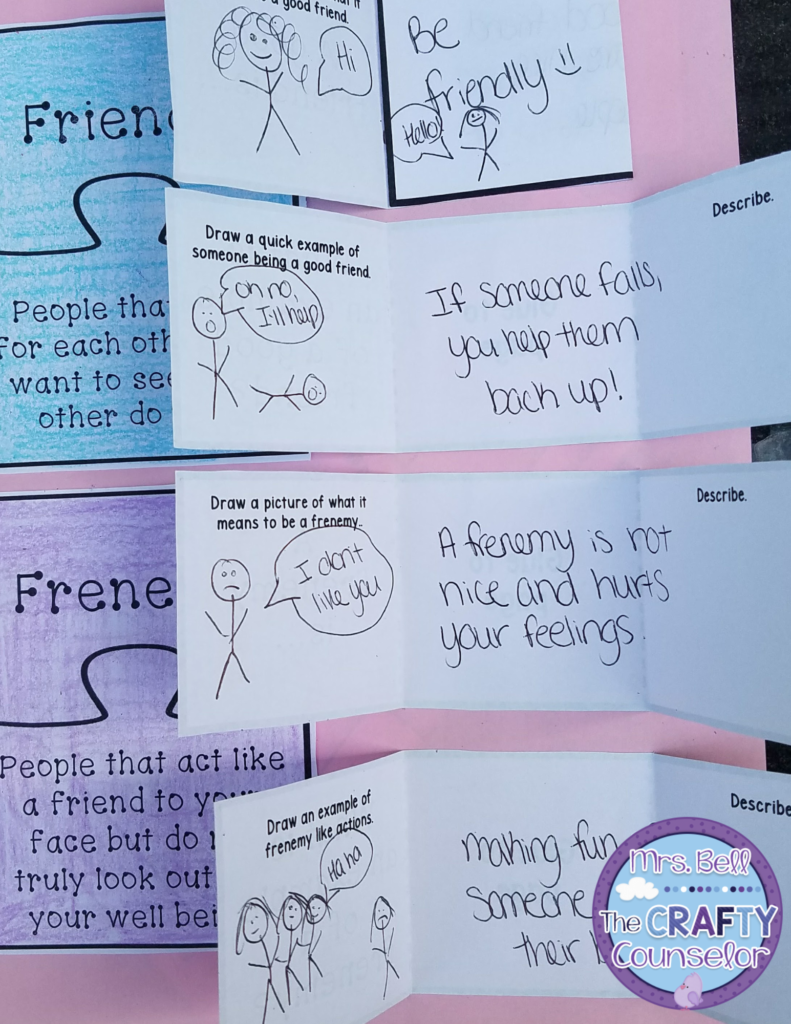
Session #3: Quality Sorts
This session has group members thinking deeply about qualities that describe a friend and qualities that describe a frenemy.
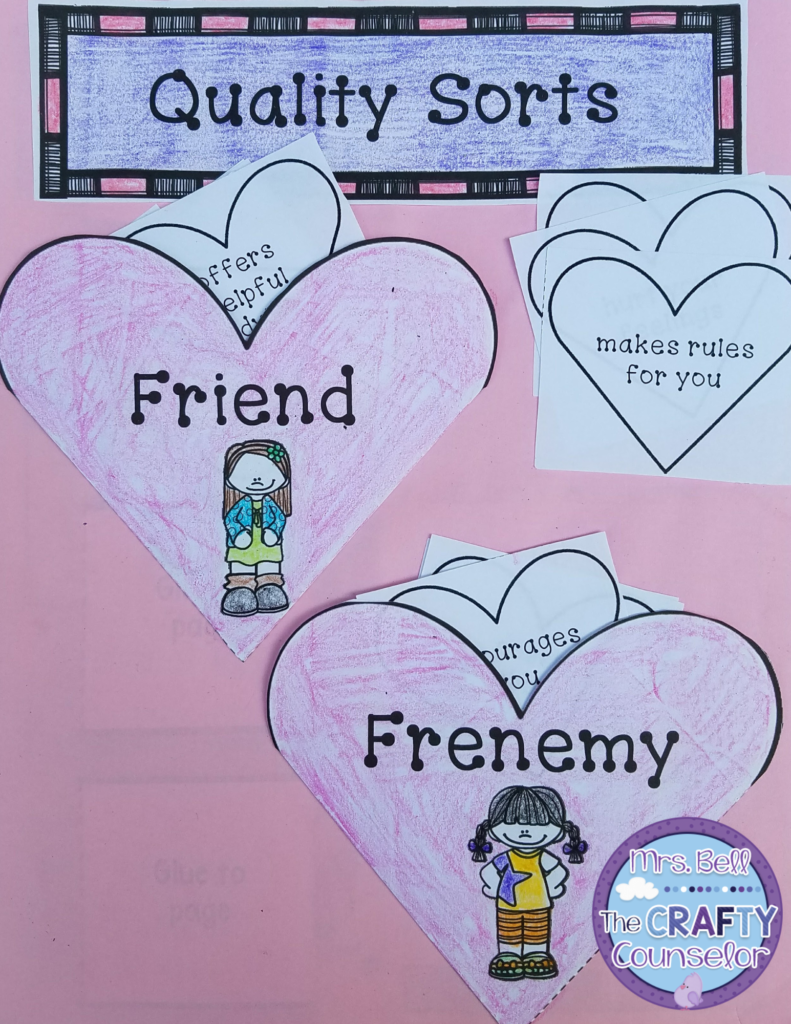
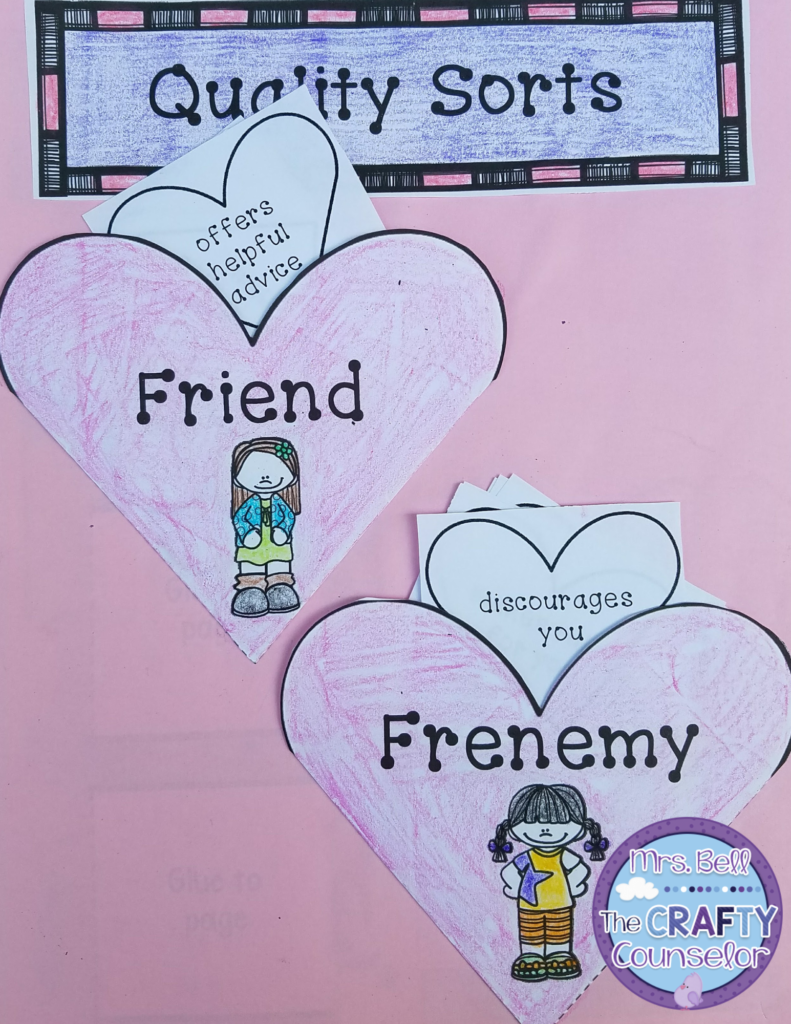
Session #4: Situation Sorts
Students apply their newly learned skills to real-life situations. Students read various scenarios and decide if the person is showing more friend or frenemy-like behaviors.
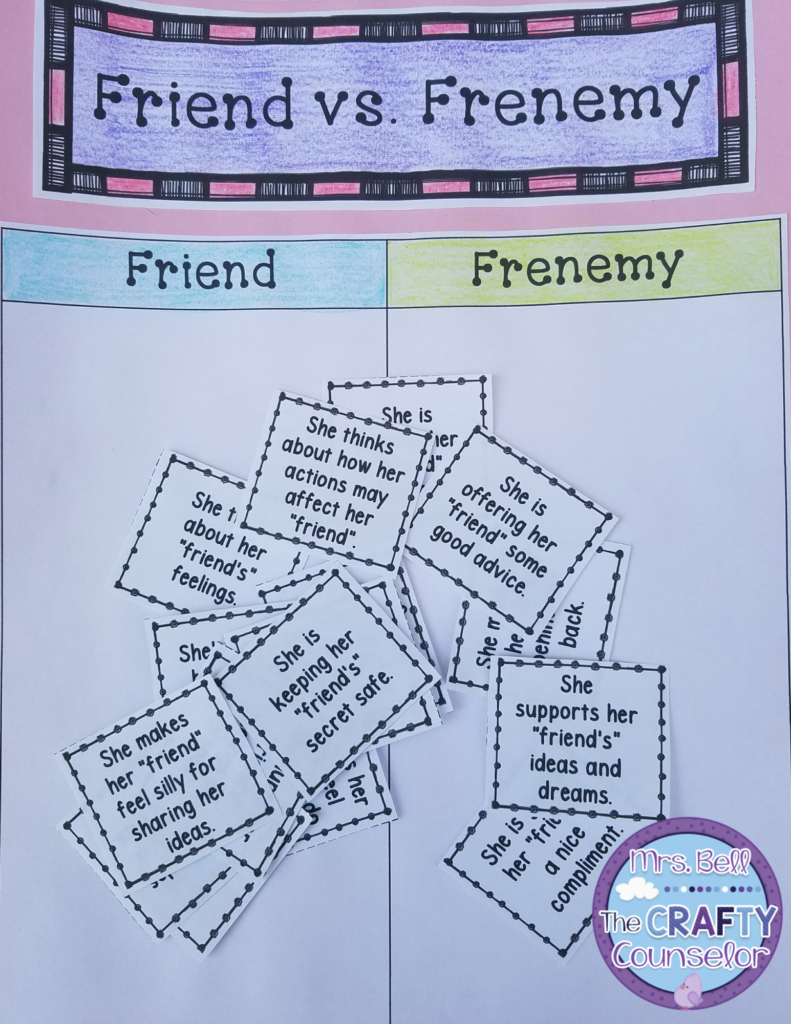
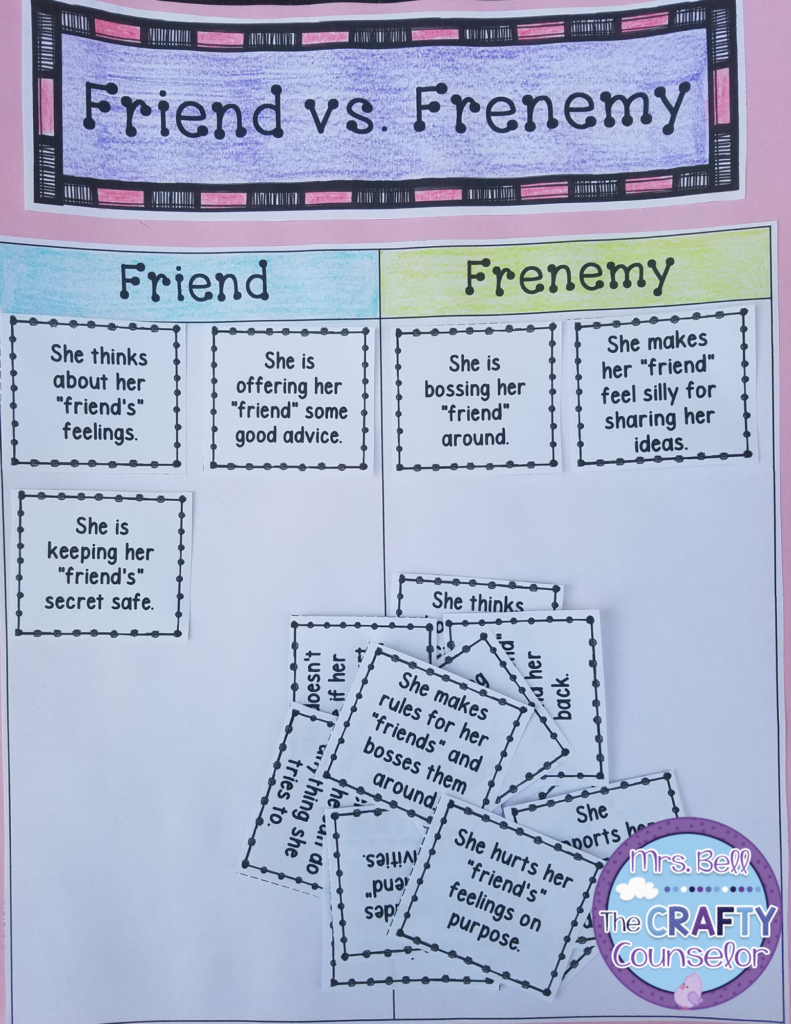
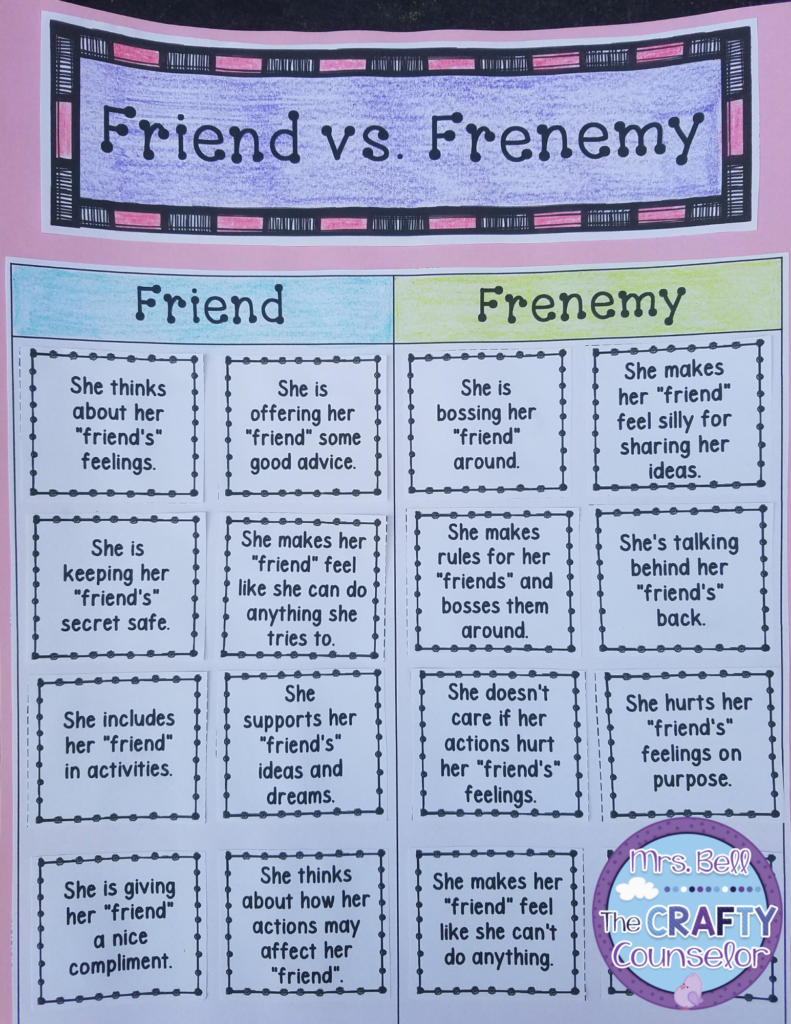
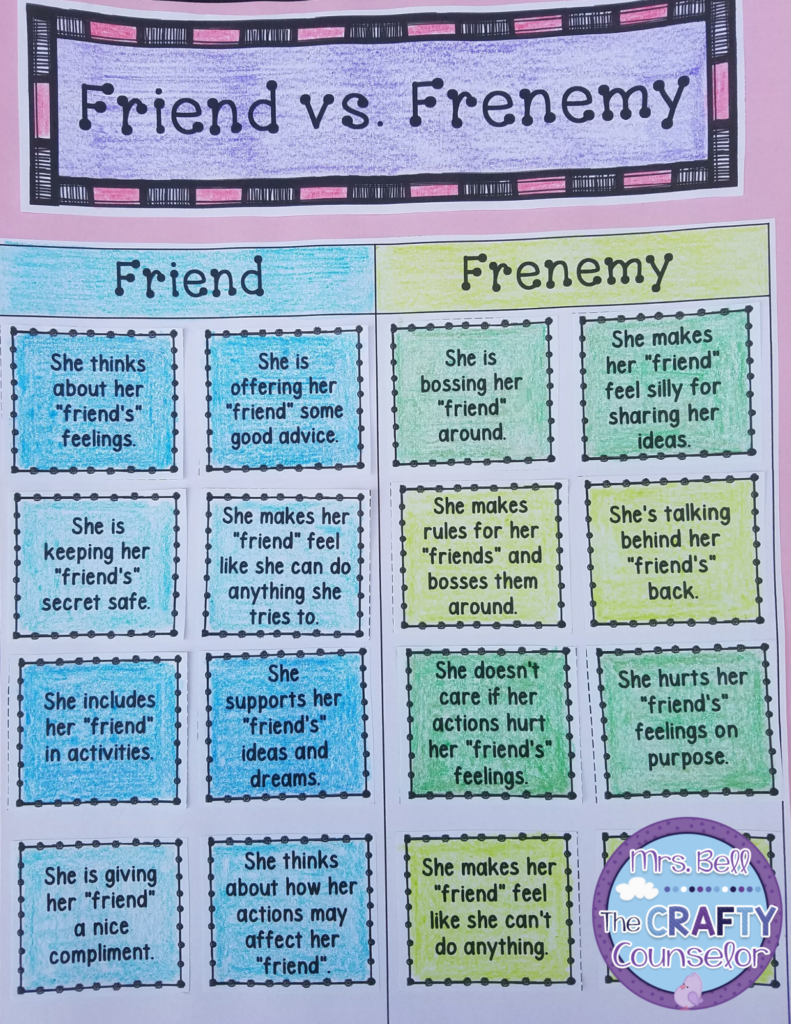
Session #5: Questionable Friendships
Deepen understanding of healthy and unhealthy friendships. Explore what exactly it means to be a friend or a frenemy.
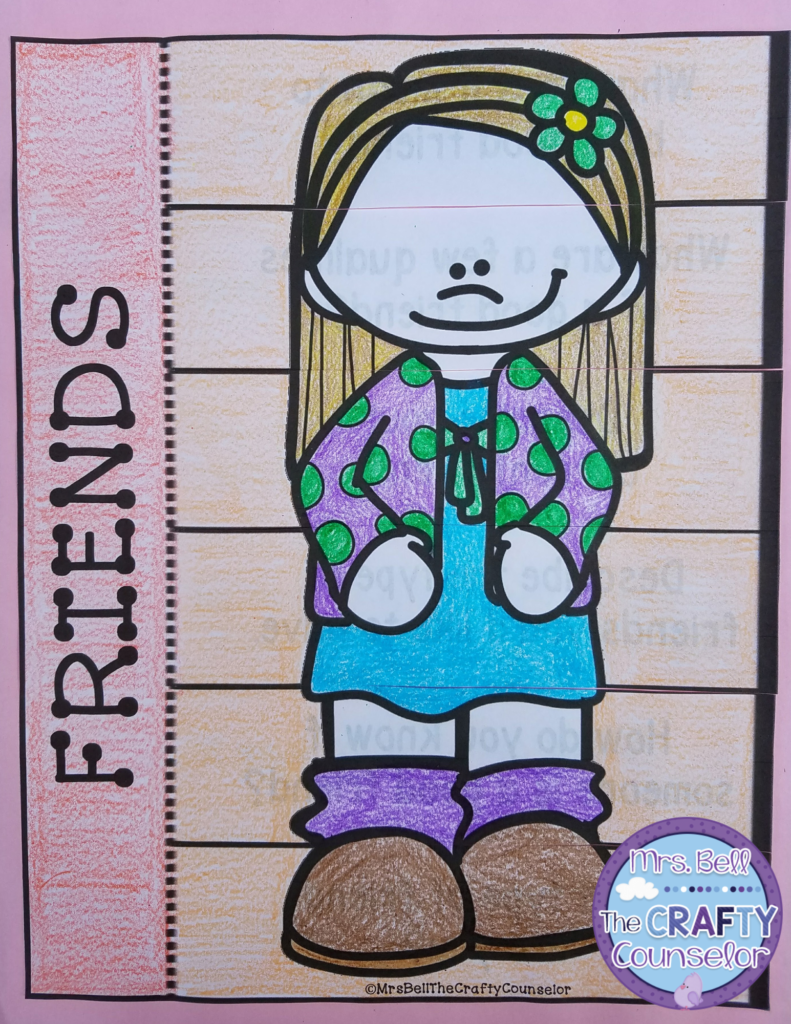
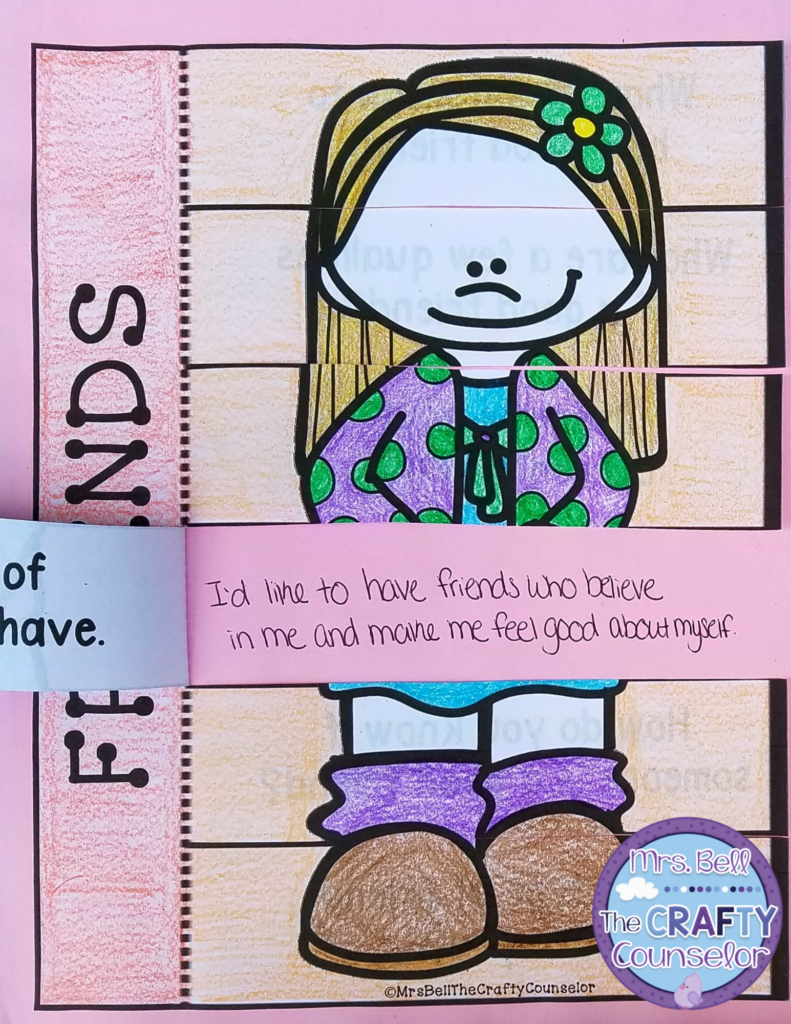
Session #6: Keys to Healthy Friendships
Teach your students the keys to healthy friendships with this cute activity. Students will be able to reflect on their own behaviors and friendships as they sort the keys. Group members decide if each key describes a healthy or unhealthy friendship.
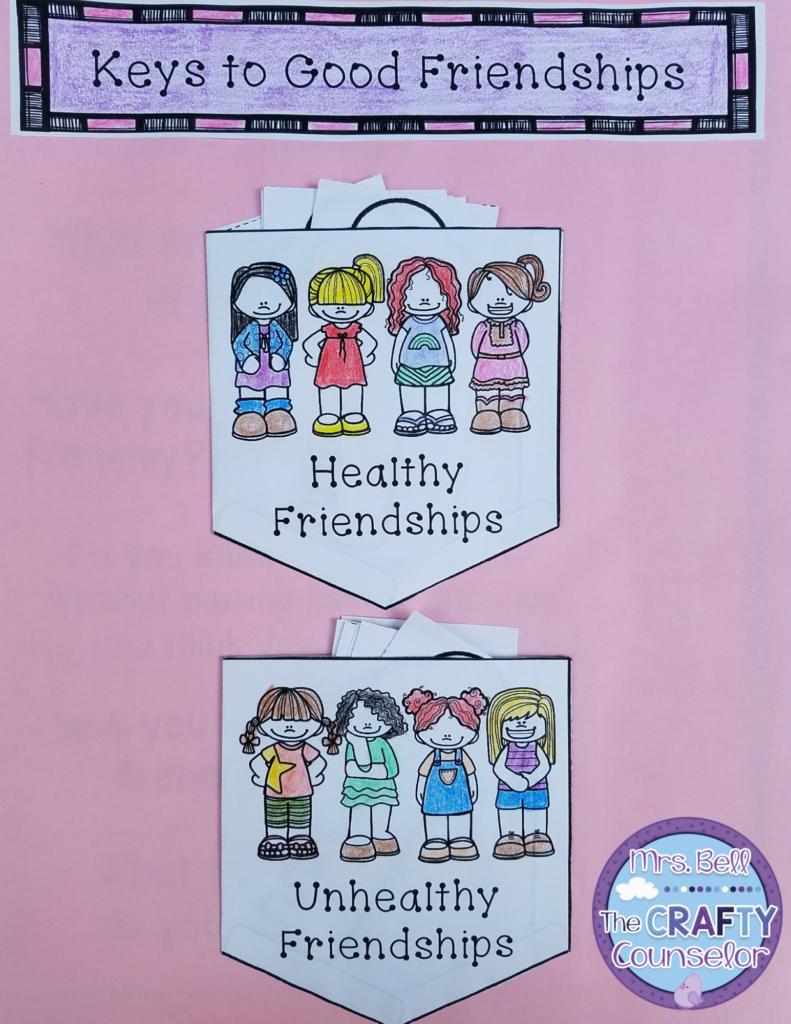

Session #7: How to Deal
Students learn how to deal with a frenemy. It can be overwhelming to realize a friend is actually a frenemy. Equip students with the skills needed to navigate (or end) this difficult relationship.
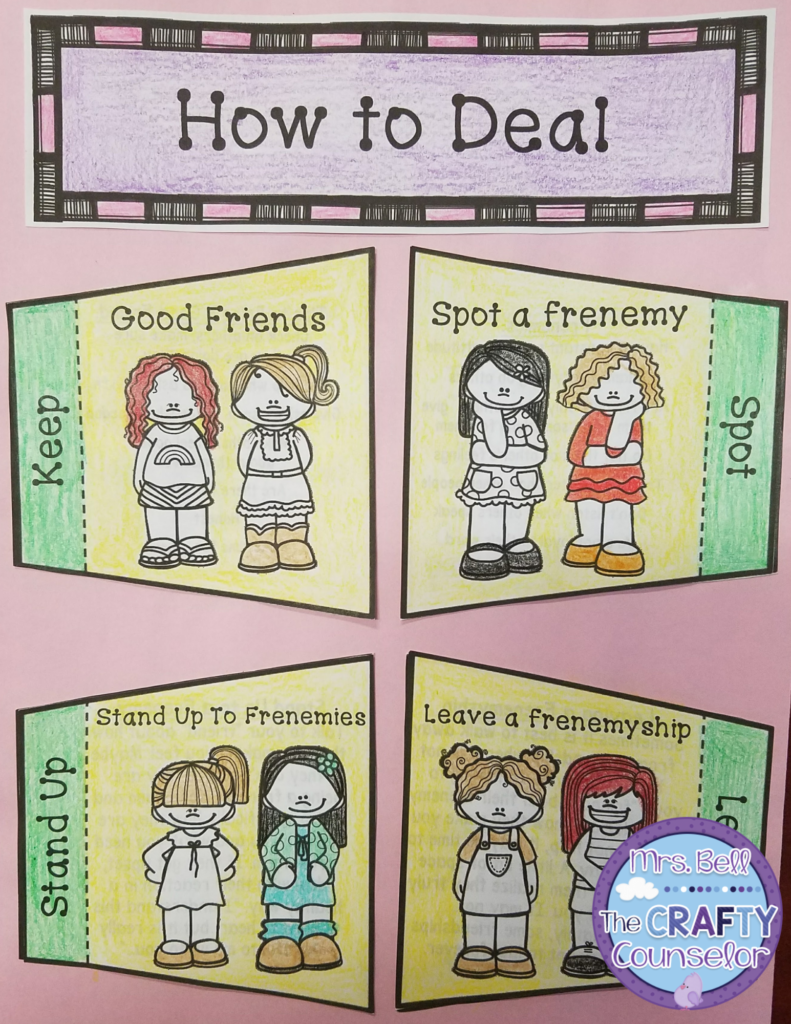
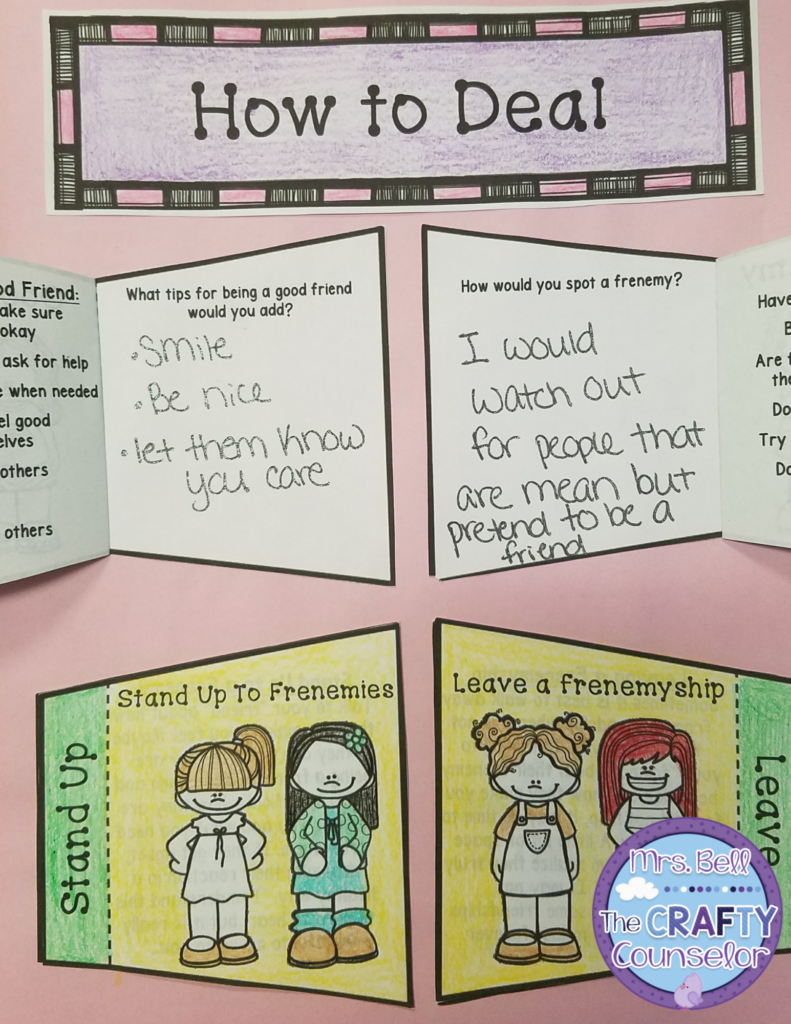
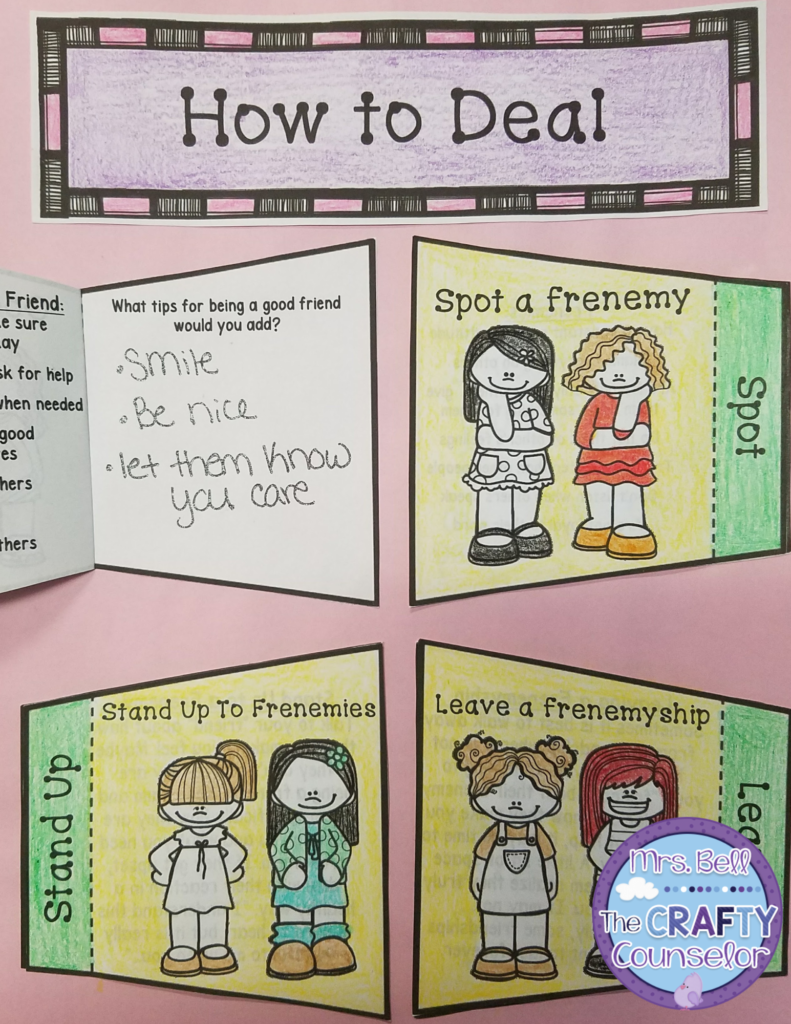
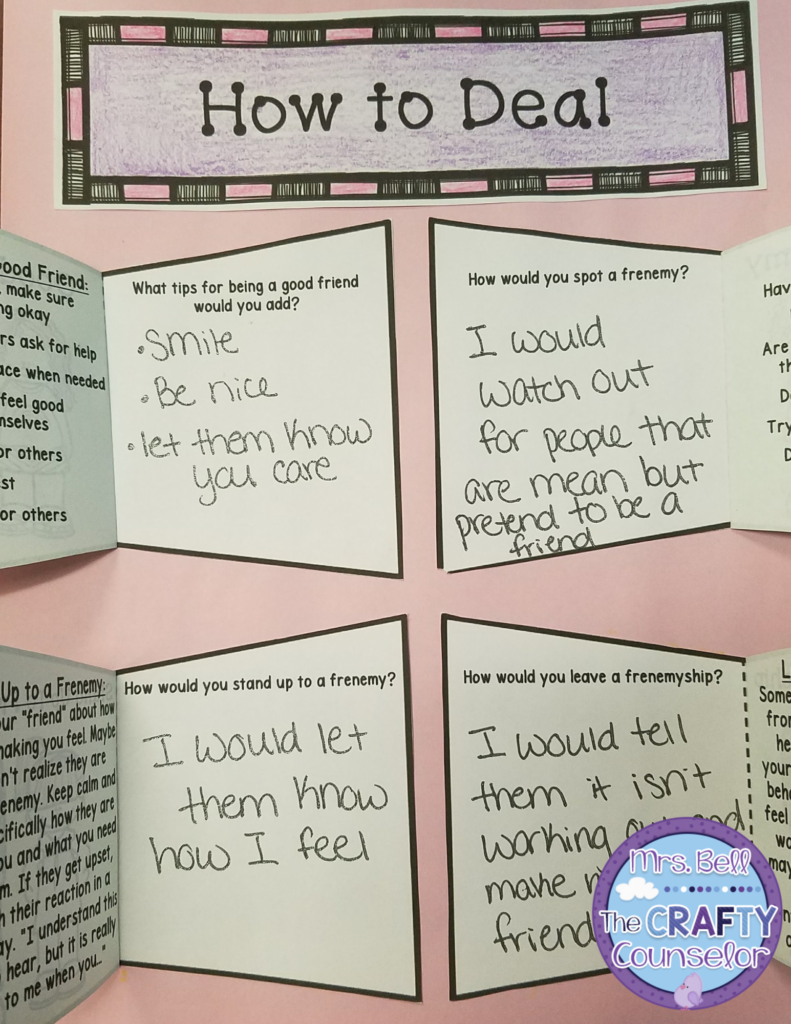
Session #8: Role-Playing Friendship
Students get to roleplay their newly learned skills with the help of a trusted adult leading the session. It’s a low-pressure, less stressful way for students to practice their skills before trying them out in real life.
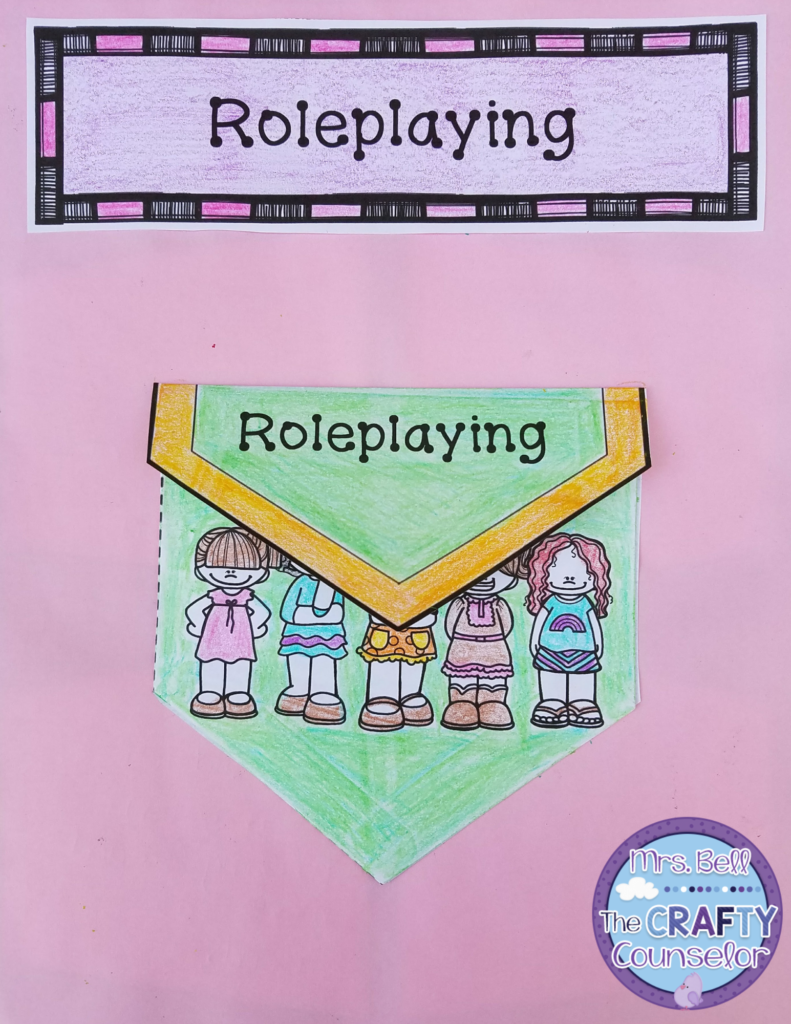

Session#9: Letter Writing
Students practice their letter-writing skills as they describe good friendship qualities.
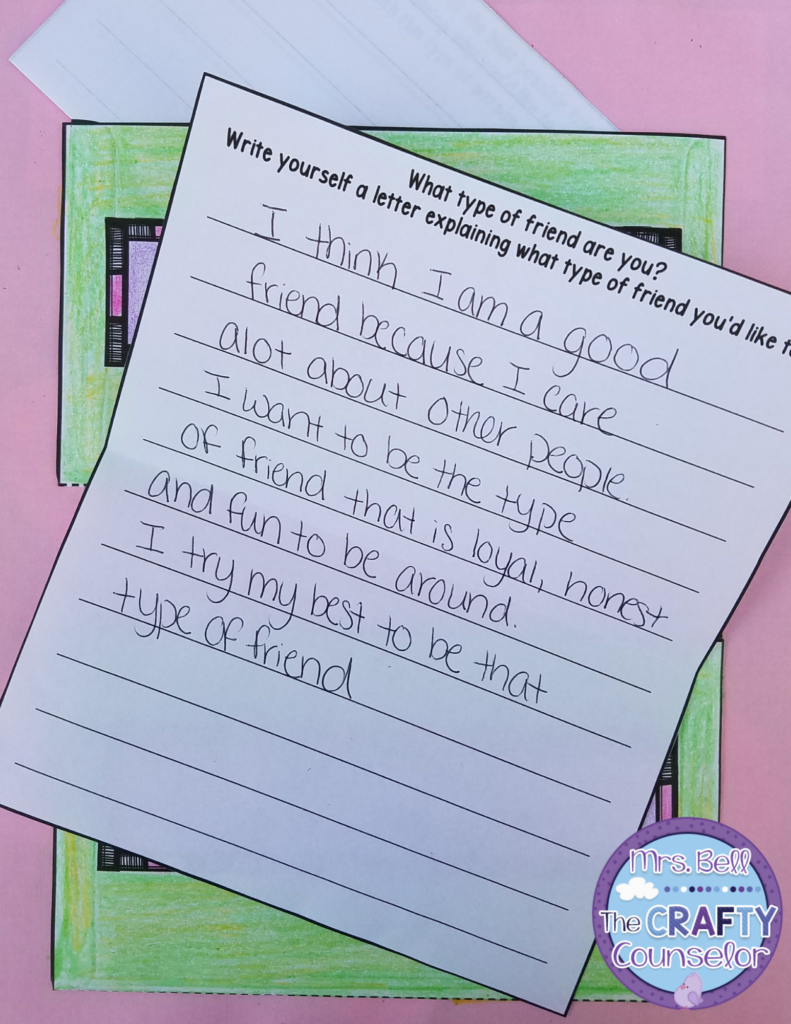
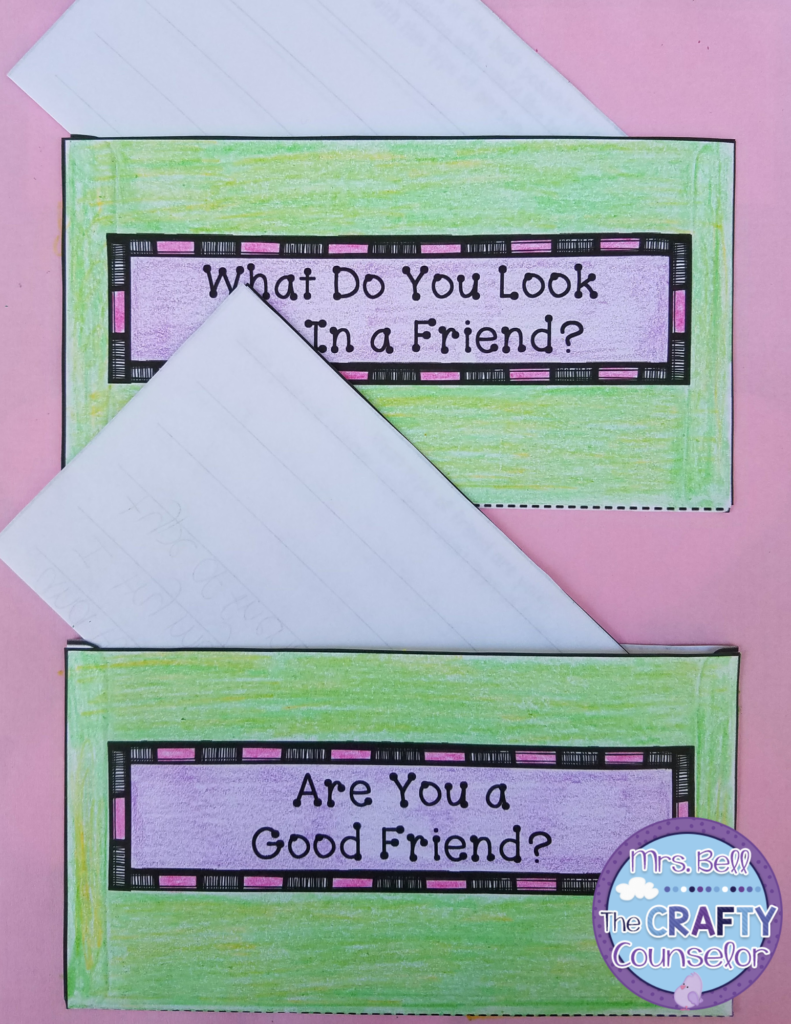

Session #10: Closure Activities & Self Reflection
Students take time to reflect on all they’ve learned as they complete the final pages of their interactive book. We make sure to do a closure activity and recap all we’ve learned.

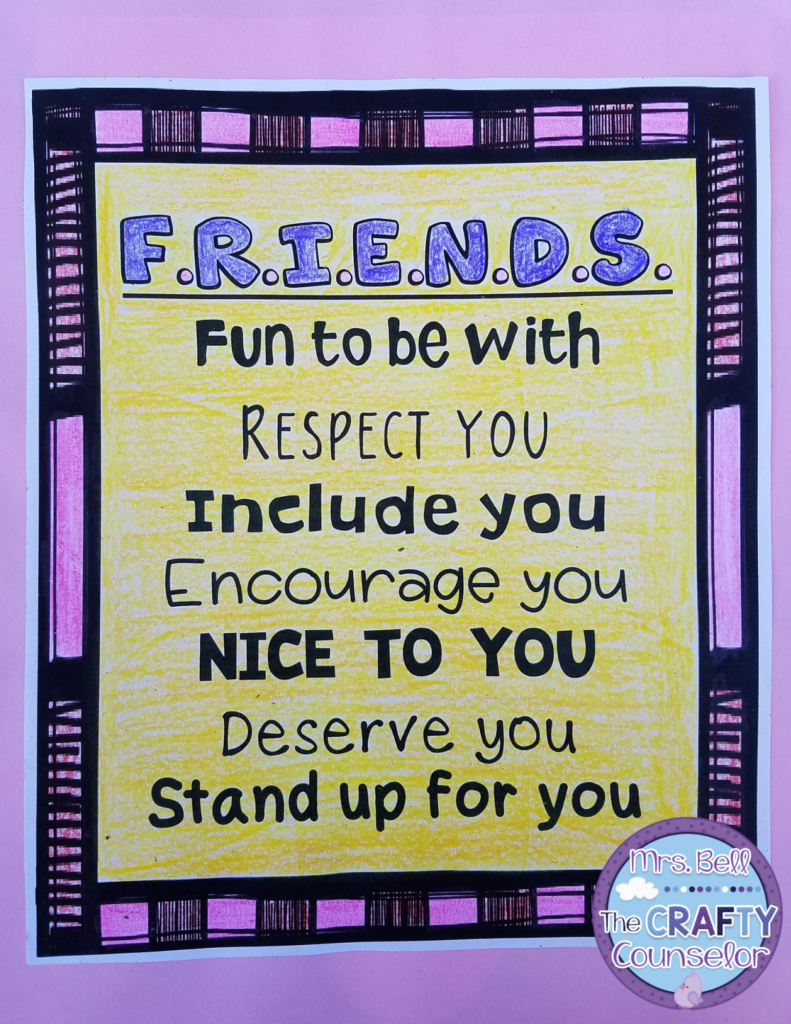
I love how much I learn about my students while helping them to create and learn the skills. In the end, group members clearly understand healthy friendships, the behaviors of a good friend, how to avoid being a frenemy, how to handle a frenemy, and how to respectfully break up with a friend who isn’t the best for you.
Since implementing this small group, I’ve seen a major decrease in relational aggression and friendship drama. It is highly interactive and highly effective at teaching students all about healthy friendships.
You can implement this small group activity as well! Download this resource on TpT or The Crafty Counselor Store.
Let’s Connect:
- Check out My TeachersPayTeachers Store
- Like Me on Facebook
- Follow Me on Instagram
- Pin Me on Pinterest
- Create With Me on Etsy
You May Also Like:
TpT Store Links:

Read more...
Share it...
You might also like...

Hi, I'm Ashley!
I am a school counselor who helps educators to change the lives of students with engaging, creative, and meaningful SEL resources.



